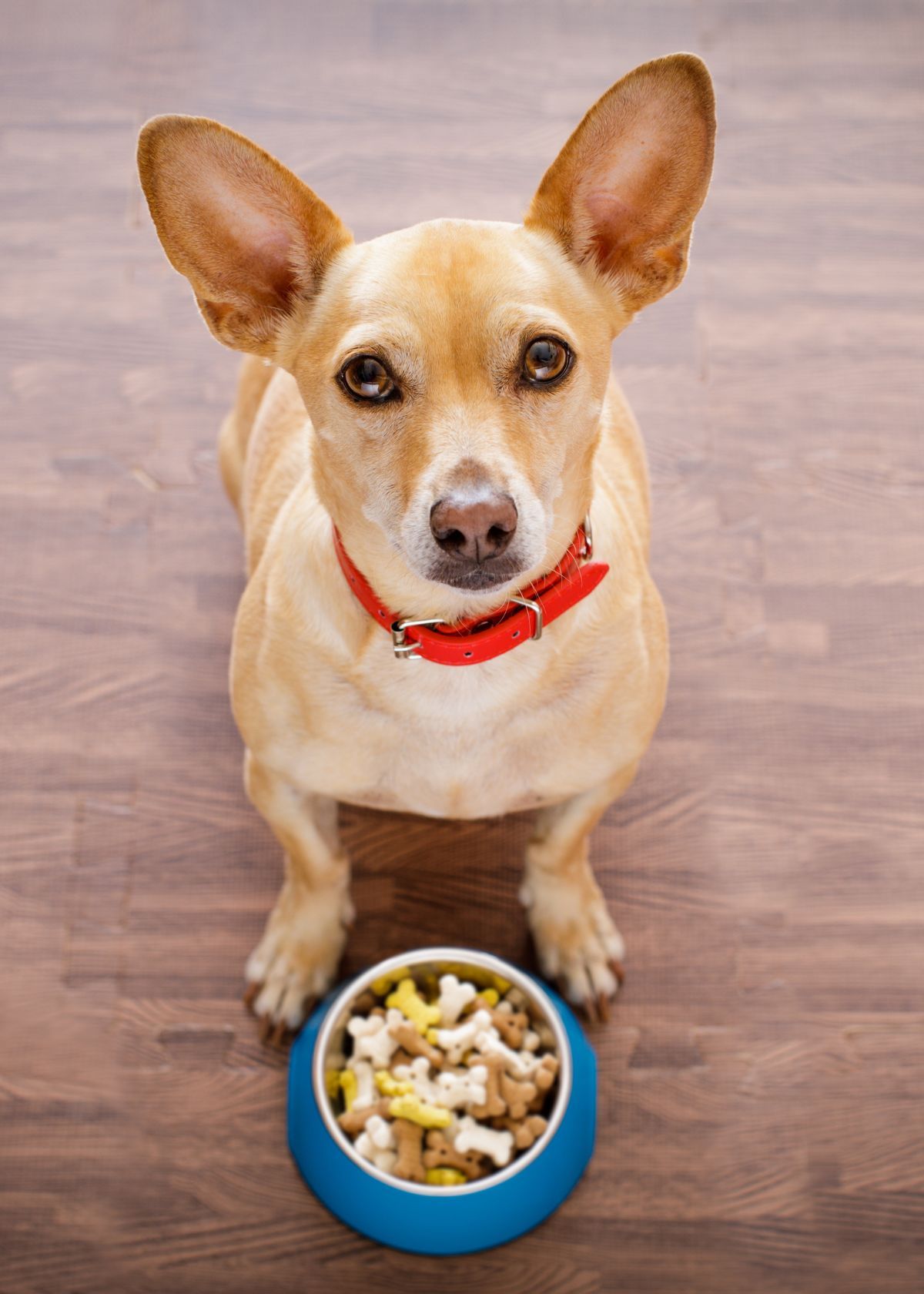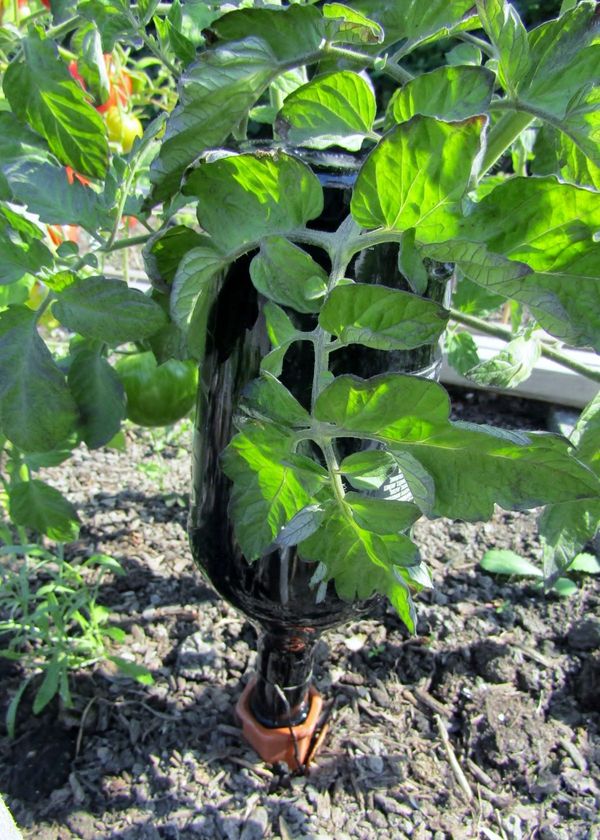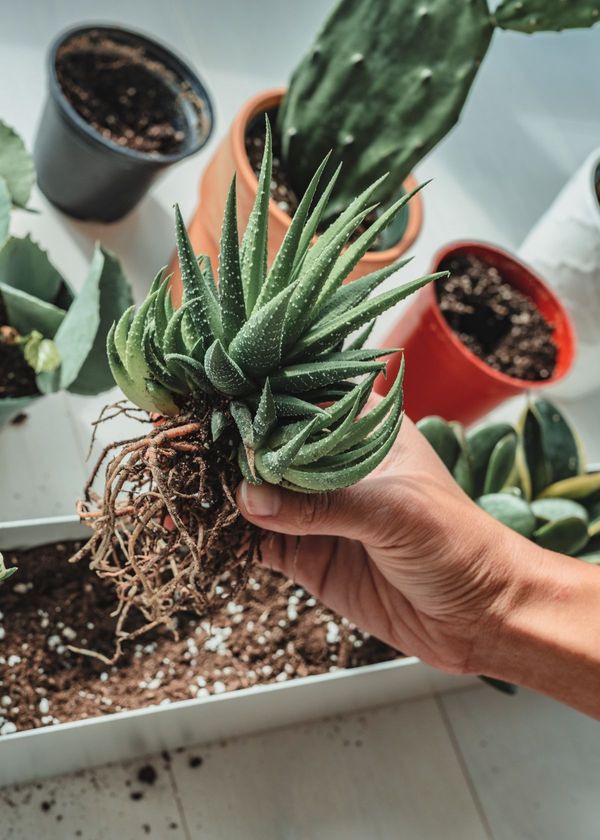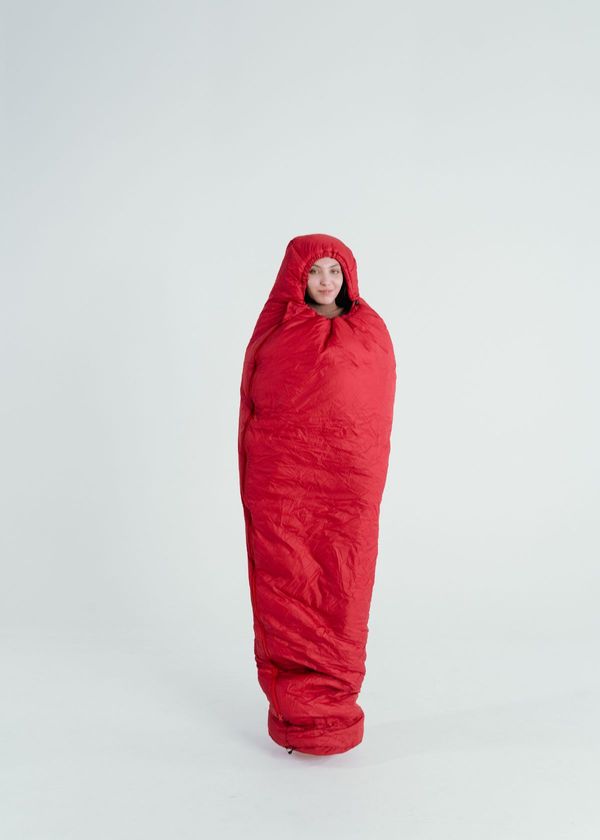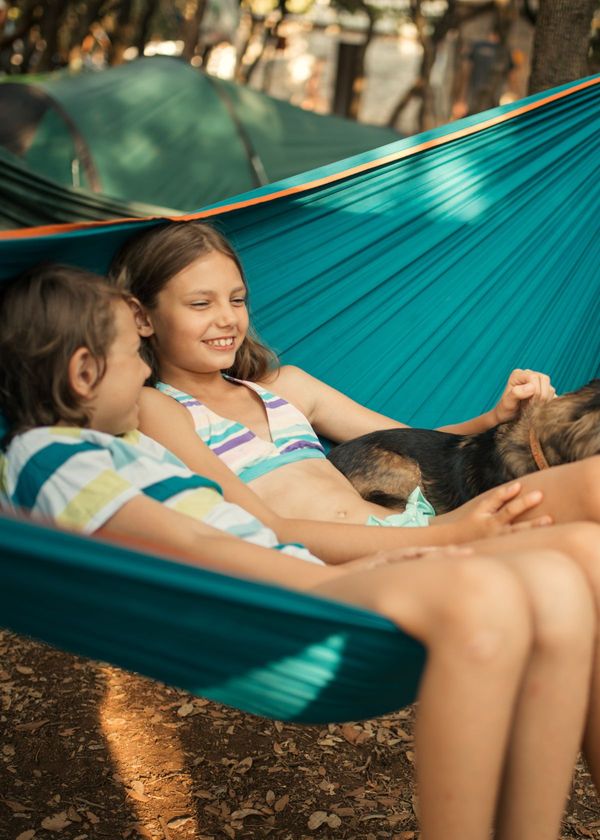Does your pup seem like they can never get enough food, even though it looks like they scarf down every last morsel? If your puppy is too passionate about their daily grub time, then it's time you try out a slow feed dog bowl.
Why use a slow feed dog bowl? This way, you won't have to worry about the scariest display of strength and speed on four legs your pup has ever put forth—dashing for dinner!
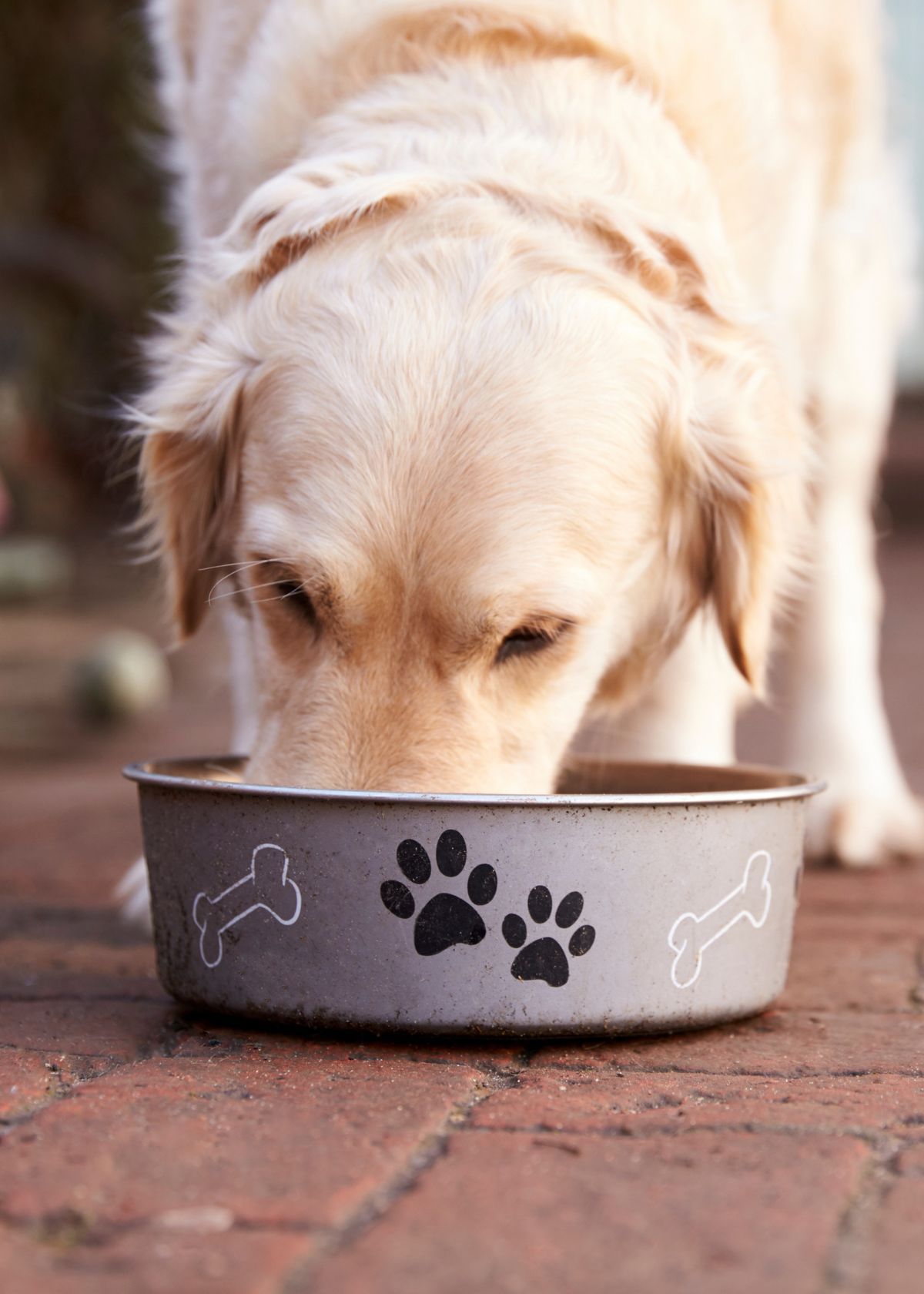
10 Reasons Why Use a Slow Feed Dog Bowl for Dogs
Why use a slow-feed dog bowl? Slow-feeder bowls can provide numerous benefits when it comes to feeding your dog. Slow feeders challenge your pet mentally, keeping them engaged and entertained during mealtime. This helps to prevent boredom-related behaviors like destroying furniture or barking excessively. Here are some reasons:
1. Reduces Bloating - Eating quickly can cause dogs to swallow air, leading to bloating from gastric dilatation-volvulus (GDV). Slow-feed bowls slow the eating process and help prevent bloating or other health issues caused by rapid eating.
2. Prevents Weight Gain - Dogs have time to feel full by slowing their eating before eating too much. This helps keep them from overeating which could lead to obesity and associated health risks.
3. Mental Stimulation - An important part of a healthy dog's life is mental stimulation, provided through a slow feed bowl. The puzzle-like setup of the slow feed bowl encourages dogs to think through the puzzle and figure out how to get the food they want.
4. Keeps Dogs Entertained - The challenge of the slow feed bowl keeps your pup entertained as they have to work for their reward. It also helps distract them from barking or being destructive while you're away.
5. Easier on Digestion - By slowing down eating, digestion is improved because less air is swallowed, and food has more time to be broken down into smaller pieces before it reaches the stomach. This can reduce discomfort after meals, making for a happier dog overall!
6. Prevents Choking - Rapid eaters often choke when inhaling large pieces of kibble that haven't been adequately chewed before swallowing. The slower eating process of a slow-feed bowl eliminates this risk.
7. Reduces Vomiting - Rapid eaters often vomit up their food due to the large chunks they swallow. Slow-feed bowls reduce the chance of vomiting, thus reducing mess and making meal times more pleasant.
8. Helps with Stress Eating - Dogs can develop stress and anxiety around meal time, particularly if they feel rushed or know they'll run out of food quickly. A slow feed bowl helps dogs relax by giving them plenty of time to enjoy their meal without feeling rushed or anxious about running out of food too soon.
9. Affordable & Durable - Slow-feed bowls come in all shapes, sizes, and materials. They can be found in plastic, metal, ceramic, and stainless steel varieties, making them affordable for various budgets.
10. Easier Cleanup - Since the bowl is designed to slow down the eating process, there is less mess after mealtime which makes for easier cleanup! This means more playing with your pup and less cleaning up after them.
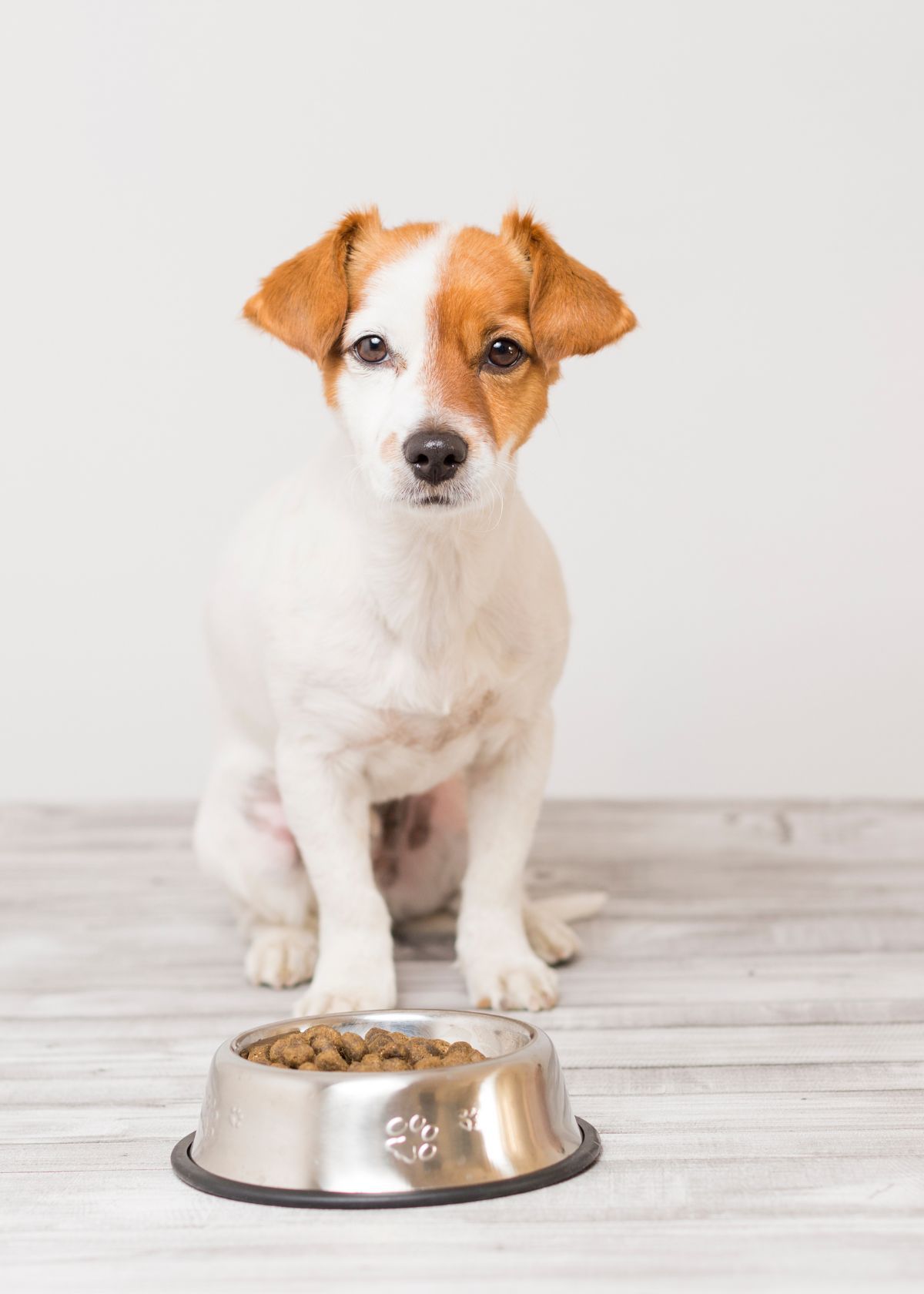
Why should I slowly feed my dog?
Slowing down your dog's feeding time can have multiple benefits. It is essential to remember that, just like people, dogs are social creatures who enjoy activity and interaction.
Slow feeding provides an opportunity for physical and mental stimulation—both essential for dogs' overall health and well-being. Slow feeders can help stimulate the mind by making getting food out of the bowl more challenging.
This provides a mental challenge that will keep them occupied longer, reducing boredom and preventing destructive behaviors from developing. Additionally, this feeder encourages slower eating, preventing choking or getting sick from eating too quickly — especially if you have a dog with a large appetite!
How do I know if my dog needs a slow feeder?
If your dog is an avid eater, gobbling down meals and often finishing faster than you can fill the bowl or displaying signs of distress when food runs out, then a slow feeder may be beneficial.
Additionally, if your pup tends to vomit after eating or has difficulty maintaining weight, this could indicate that they are eating too quickly and require a slower feeding pace. Using a slow feeder can help improve digestion and encourage better portion control in these scenarios.
Finally, if you notice your pup getting possessive over their food or becoming aggressive towards other family members during mealtime, a slow feeder may also be necessary to ensure everyone's safety during mealtimes.
What is put in the dog bowl to slow feeding?
When it comes to feeding your pup, many options are available for slowing their eating. Slow feeders, raised dishes, and puzzle toys can help slow the speed of mealtime and prevent bloating or choking. A popular DIY option is to add large rocks or balls to the bowl, forcing your pet to maneuver around them to access the food. This method has been proven effective in reducing the speed at which dogs eat their meals.
Also, laying a flat object across the top of the bowl like a Frisbee slows down mealtime as it requires your pup to move it out of the way before eating. If multiple dogs compete for food at mealtimes, divide their portions between several bowls to reduce competition. Ultimately, implementing any of these strategies will help your pet eat in a controlled and safe manner.
Is portion control necessary for dogs?
When it comes to feeding time, there are many ways you can make sure that your pup is eating a healthy and balanced meal. Portion control is key to a well-balanced diet, so using the right bowl for the portion size of your pup's food is important.
Additionally, making sure that their food isn't easily accessible but requires some effort can help them understand how much they should be eating at once. To slow their eating speed, add large rocks or balls to the bowl, forcing them to move around their bowl.

Conclusion
All in all, slow feed dog bowls are helpful accessories to keep your pup healthy and happy. They provide dogs with a more natural way of eating, assist digestion, and help with behavioral issues like gulping, overeating, and bloating.
They're fun for dogs curious enough to want to figure out how to get their food out! So if you need something to captivate your four-legged friends' minds and taste buds, invest in a slow feeder bowl and watch as they blissfully munch away at dinner time. Because a furry face full of joy is always worth it!



